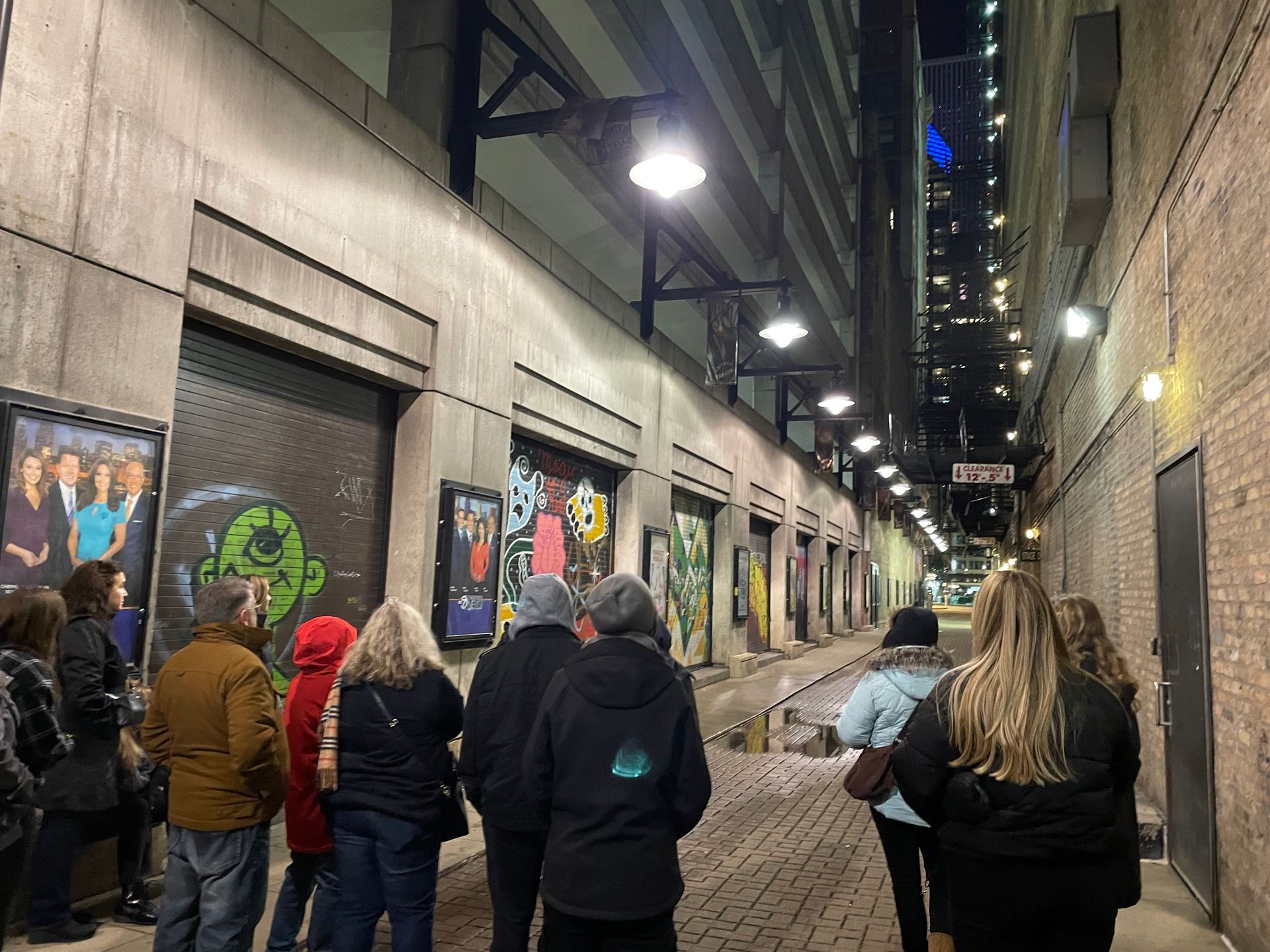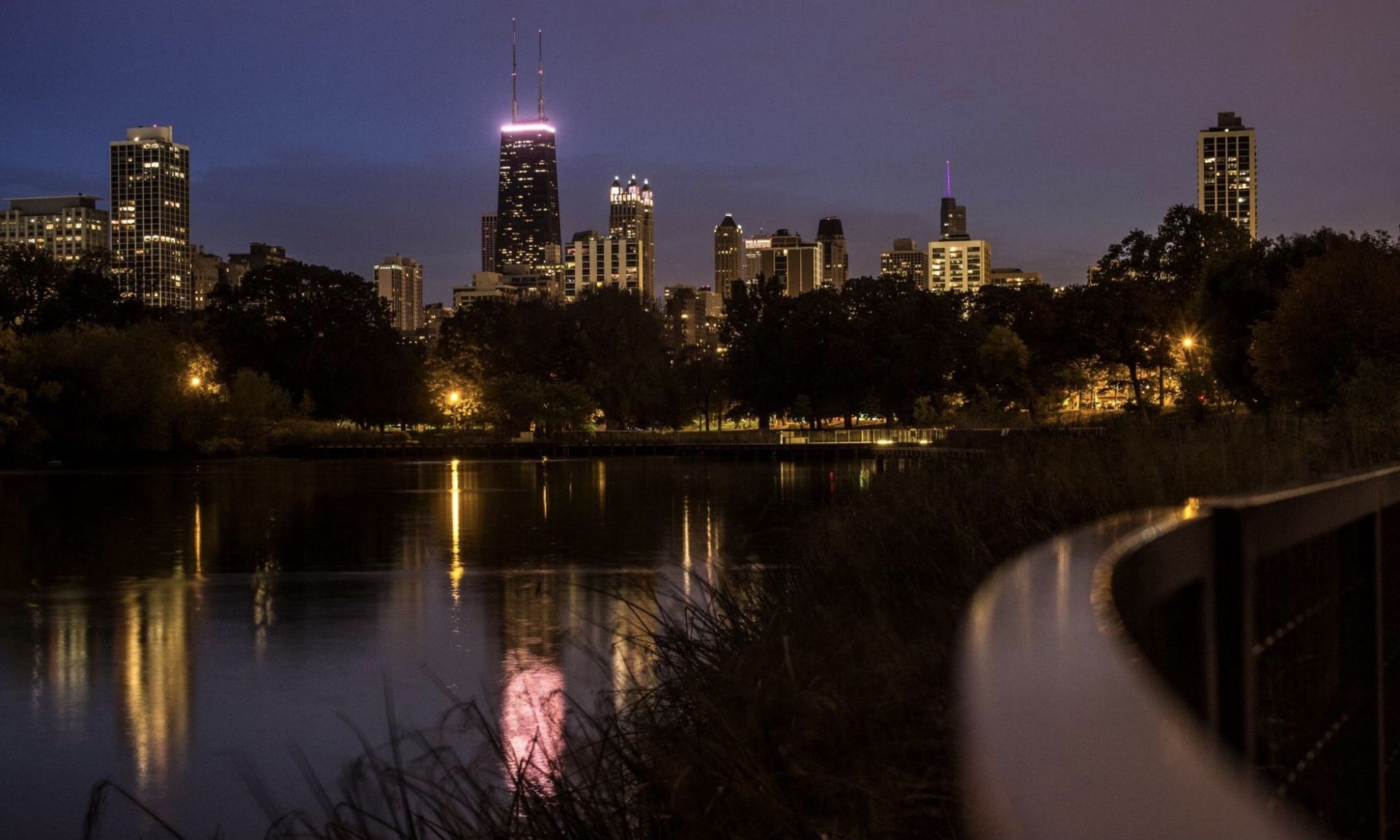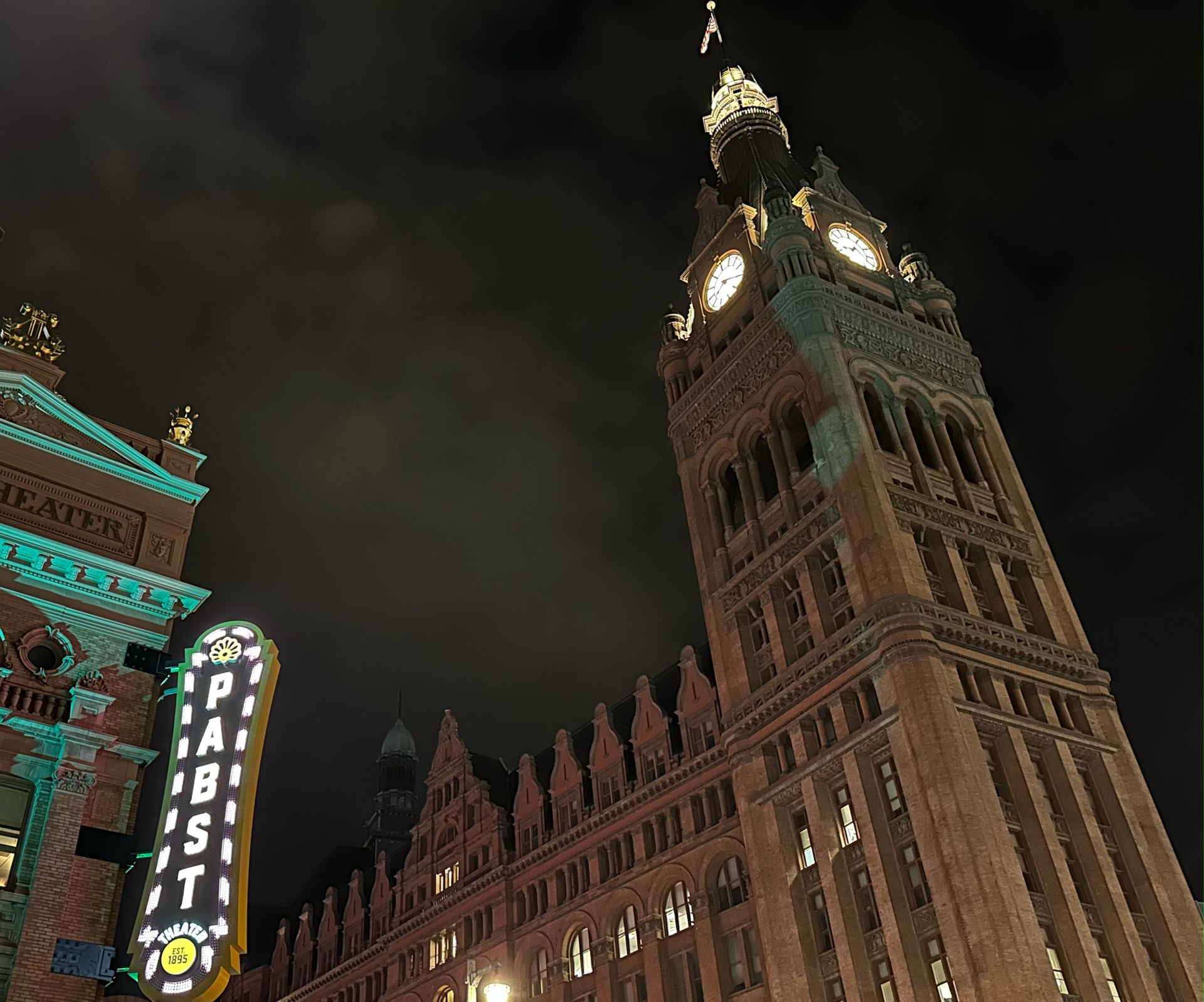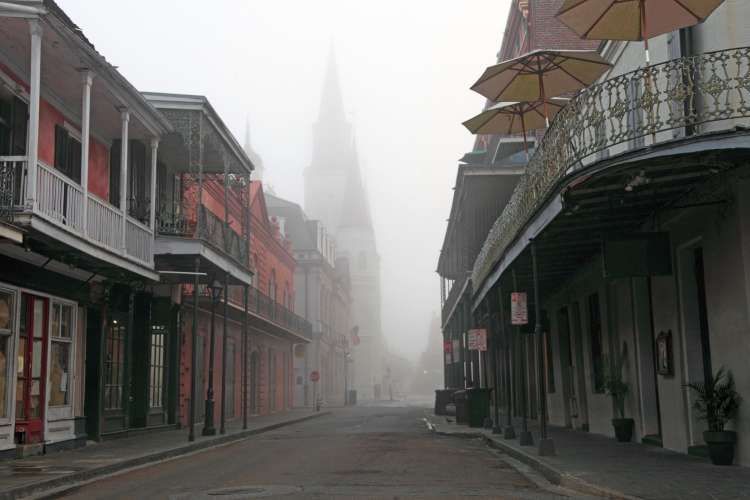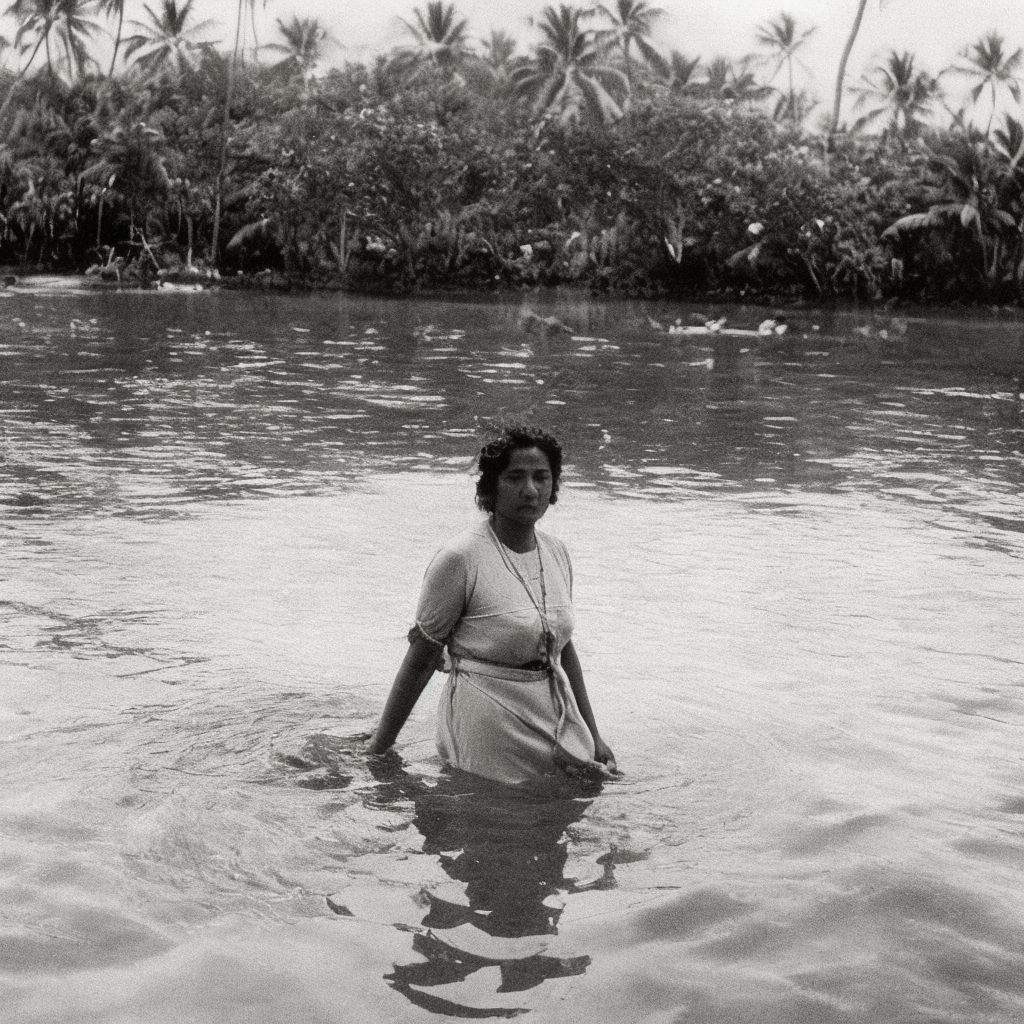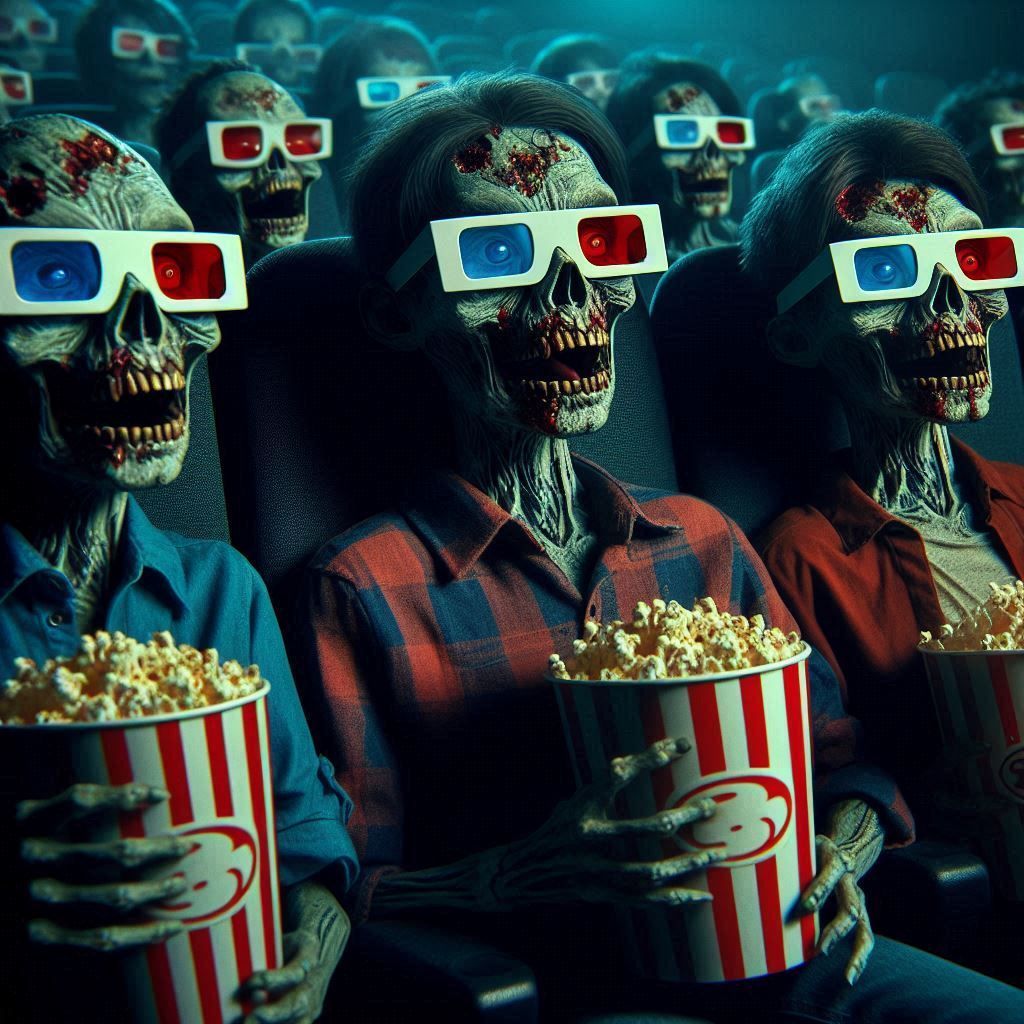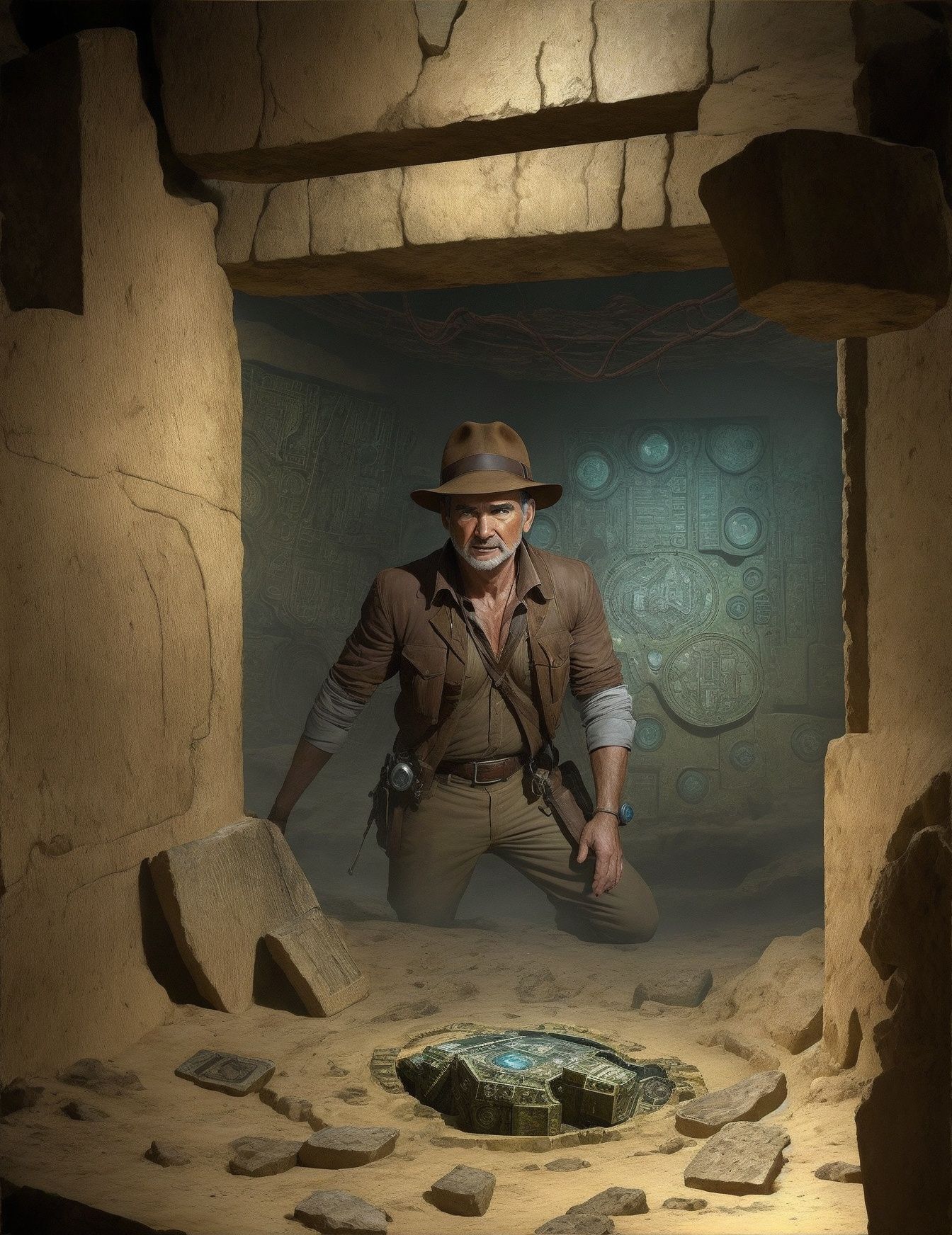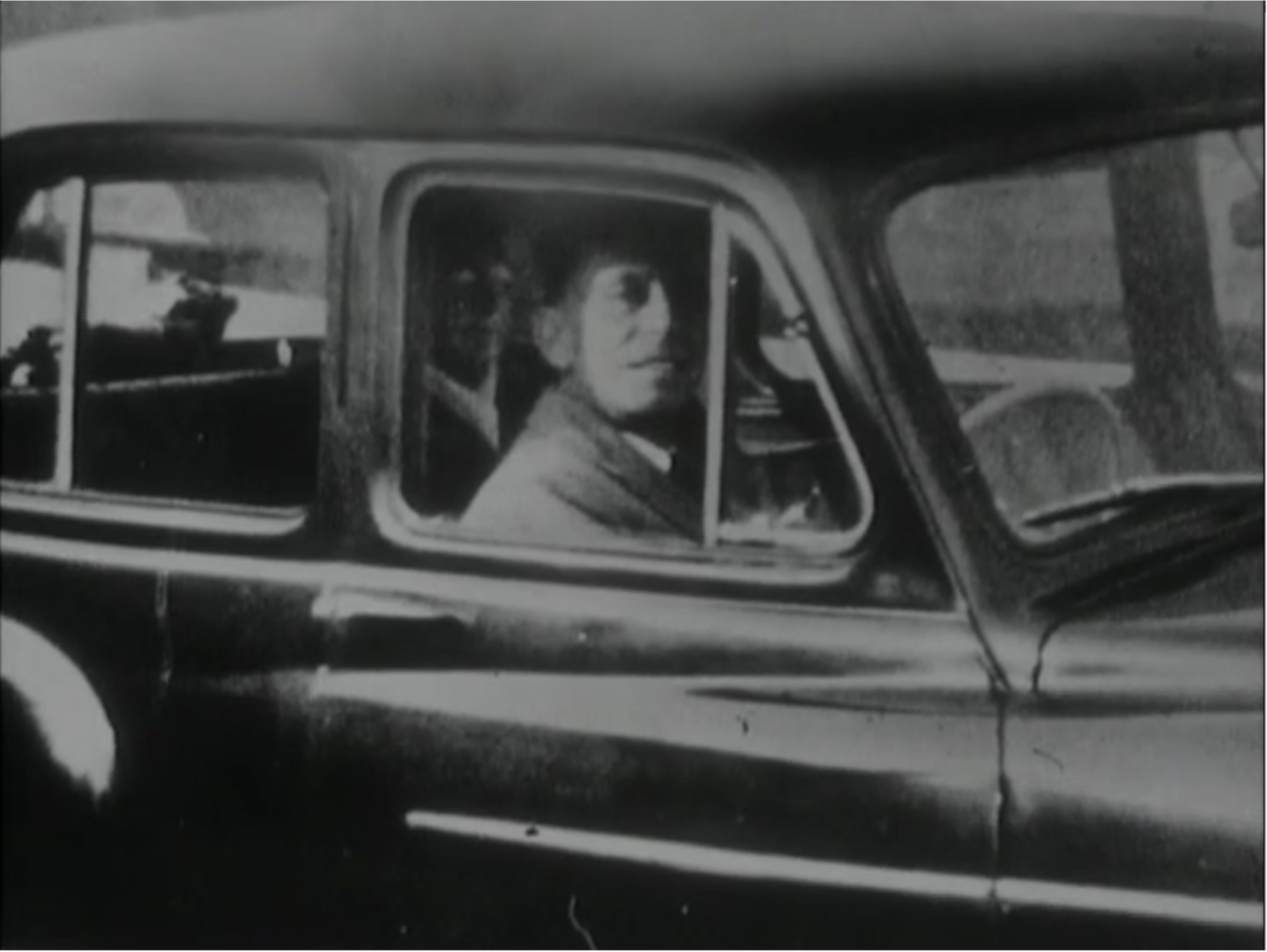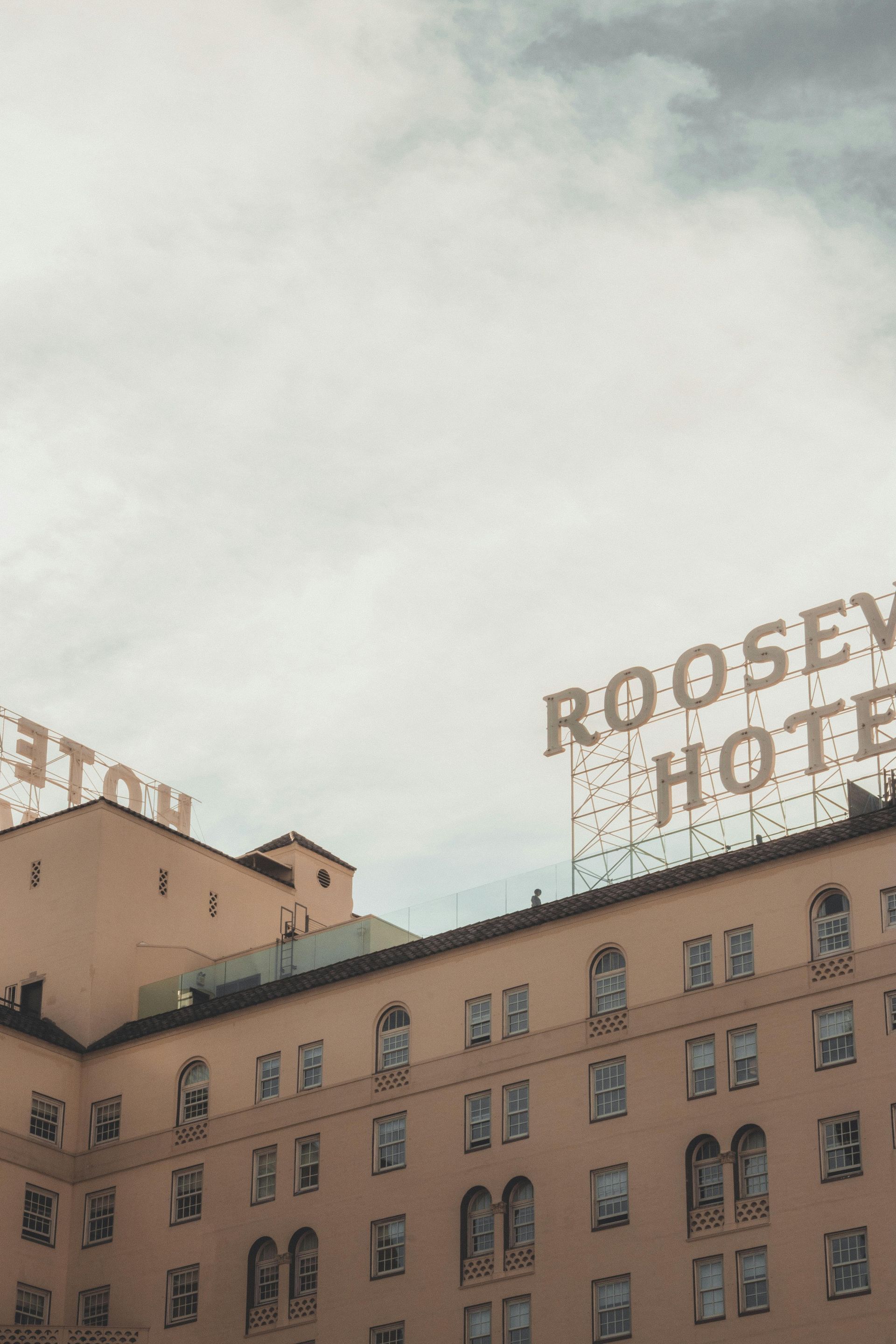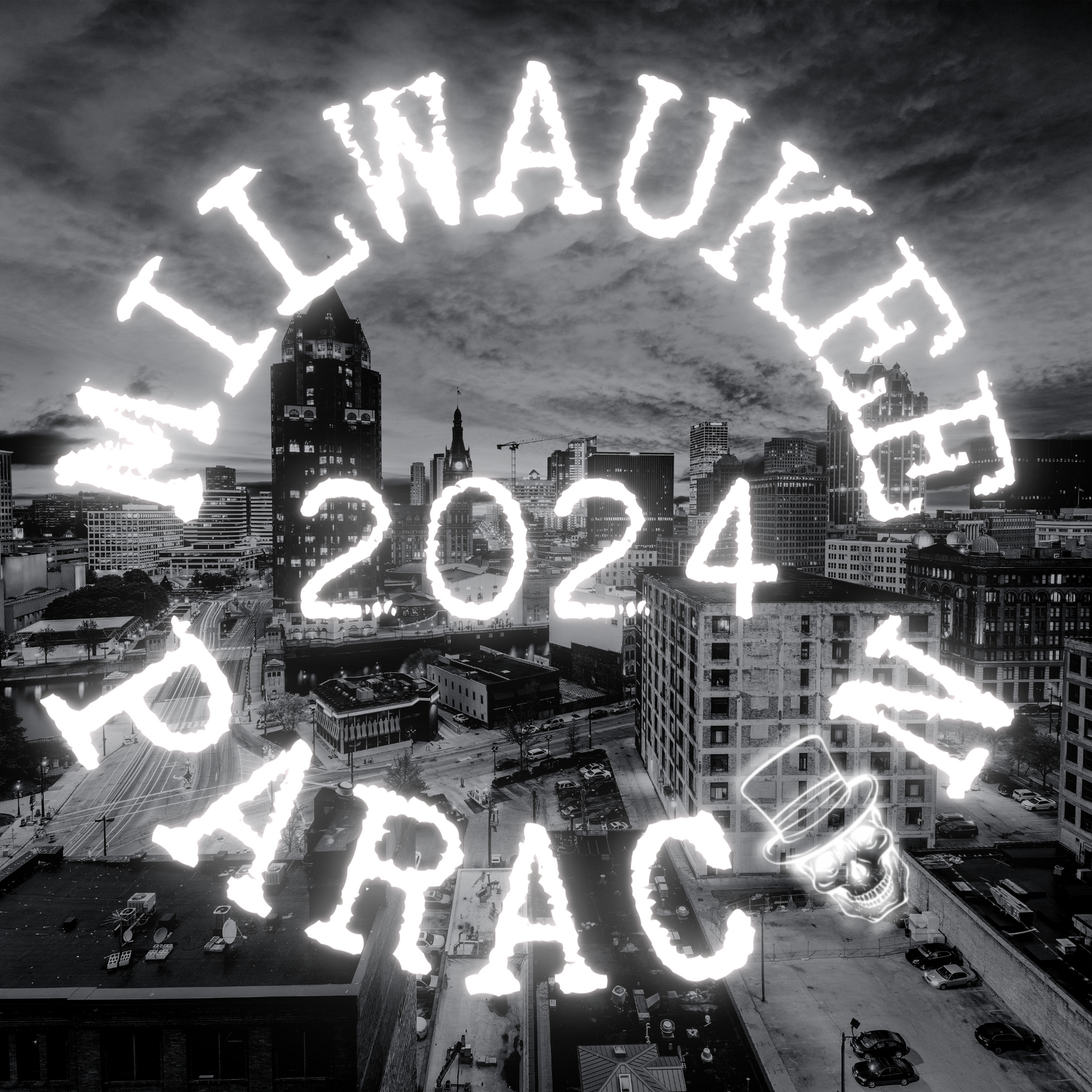Iroquois Theatre Fire: History & Discovery of Ghosts
Incorporated as a city in 1837, the city of Chicago has a rich history concentrated in a short period of time. The rapid expansion at times came with devastating consequences. Chicago’s history is littered with tragedies resulting from the speed with which the city was growing. These tragedies can be found everywhere from parks and city streets to some of the grand architecture of Chicago. One such example is the Iroquois Theater Fire of 1903. While perhaps less well known than the Great Chicago Fire of 1871, the Iroquois Theater Fire was no less devastating. The aftereffects of this tragedy can still be experienced today. Many witnesses have reported Iroquois Theater Fire ghosts that still wander the grounds long after the theater has been replaced by the James M. Nederland Theatre.

History of the Theater
Opened on November 23, 1903, right in time for the holiday season, the Iroquois Theater was a testament to the city’s rapid growth and expansion. Located at 24-28 West Randolph Street, not too far from a local police station, the Iroquois Theater was built with the hopes of attracting women to see shows who were coming in and out of the city on shopping trips.
The Iroquois Theater was a marvel to modern construction. In fact, Walter K. Hill writing for The New York Clipper (the predecessor to Variety ) stated, “ the most beautiful ... in Chicago, and competent judges state that few theaters in America can rival its architectural perfections ..." The Iroquois Theater’s centerpiece was its single stairway leading up to the gallery seating.
In the days before a fire marshal would strictly enforce capacity limits, the number of seats in the Iroquois Theater was 1602. However, as was common in the day, standing room only tickets were sold to further increase the capacity of the crowd and gate revenue. Furthermore, in the days before emergency exit doors (an innovation that was a direct result of the Iroquois Theater Fire), exit doors were often locked during the show to prevent un-ticketed spectators from sneaking in and watching the show.
However, the Iroquois Theater was deemed “absolutely fireproof”. This declaration, similar to the declaration of unsinkability for the Titanic, would prove to be fallacious. While the city inspector raved about the construction, others were much more skeptical. However, construction was rushed. Officials were bribed to ensure the Iroquois Theater was open for the holidays. Writing for Fireproof magazine, William Clemeneder reported the excessive amounts of wood trim in the construction, no fire alarm, and the complete lack of a sprinkler system made the Iroquois Theater more of a tinder box than absolutely fireproof. In addition, the single staircase which was the jewel for the architects was against a city ordinance that required separate staircases for each balcony. A city fire captain noticed these problems and expressed his concern to the building’s fire warden.
Due to construction delays, the building was behind schedule, which caused the owners to cut corners in the construction. The building fire warden informed the city fire captain that he would lose his job if he brought the safety concerns to the owners. The fire captain reported to his supervisor at the fire station who simply shrugged and said, “they have a fire warden” and deferred to his judgment.
The Iroquois Theater Fire of 1903
Long before he was played by Bob Hope on the silver screen, Eddie Foy was a vaudeville star. According to an article from Smithsonian Magazine , Chicago native was one of the stars of the play Mr. Bluebeard . The play had been running in the Iroquois Theater since it had opened to rave reviews. However, December 30 th , 1903 was destined to be the closing night for the play.
The holidays had attracted a sellout crowd for the matinee performance of Mr. Bluebeard . As mentioned previously, standing room tickets were sold in addition to the seats. The crowd swelled to more than 1700 people. During the performance, a curtain brushed against one of the calcium stage lamps causing it to fall. The light broke causing a small fire. The stage crew was unable to put the fire out with the fire extinguishers at the time, and the flames began to grow. They tried to drop an asbestos curtain to contain the fire; however, the curtain would not fall. Furthermore, it was later determined to be made of paper which would have further exacerbated the situation.
As the fire grew, panic began to set in. The crowd was limited in their escape paths since many of the exit doors were locked to prevent un-ticketed spectators from watching the play. Foy, dressed in drag for the show, urged the crowd to remain calm. He even instructed the orchestra to continue playing as the “fireproof” Iroquois Theater continued to burn.
However, he and the orchestra eventually reached an untenable situation and were forced to escape themselves. As the crowd became more frantic, a crew member opened a rear door in an attempt to help more people reach safety. As soon as the door was opened, the cold December air rushed in and created a backdraft. A fireball shot out from the stage accelerating the blaze.
Meanwhile, people in the upper balconies became even more frantic to escape. The single staircase significantly limited the escape paths and led to people jumping from the balconies and falling to their deaths. While there were fire escapes to the outside from the upper levels, they were not yet equipped with ladders. Many more jumped to their death instead of being burned alive. Still, others set up scaffolding to create a makeshift bridge to another building. While some were able to escape this way, others fell while trying to cross.
When the Iroquois Theater Fire was finally extinguished, 602 people were burned alive or fell to their deaths. One married couple was burned together in one final embrace, and their remains had to be removed together.
When Chicago Hauntings Started Running Tours
In 1904, the theater was reopened as the Colonial and eventually torn down in 1925. The Oriental Theatre was built in the same spot, opened in 1926, and still stands today, rechristened as the Nederlander Theatre in 2019. Chicago Hauntings was the first local tour to visit the site of the tragedy, Couch Place because it was nicknamed “The Alley of Death” by the Chicago Tribune, and in the beginning, just visited the site to tell the story of the tragedy. That was until stagehands and performers started coming out and asking what the tour was doing. When they were told it was a haunted history tour, they began to share their personal stories about the building.
Activity at the current theater : Even though the current James M. Nederland Theatre was built more than two decades after the Iroquois Theater Fire, paranormal activity related to the fire continues to this day. Apparitions have been observed plunging to their deaths as many chose over being burned alive. Fire has been observed bursting outside the back of the theater. The smell of smoke is not an uncommon occurrence.
Turn of the century spirits : While on a break, one of the stage managers stepped outside to light up a cigarette. While he was looking down, he heard a voice say to him, “smoke will kill you.” When he looked up, a woman in a hoop skirt and a big hat was standing before him right before promptly disappearing. After the show, when everyone had left and he was closing up, he heard the toilet flush in the women’s restroom along with the giggling of young girls. When he entered, nobody was there.
Living and Breathing Ghost Tours
While it is one thing to read stories in a book, magazine, or blog, it is more powerful when these stories are lived. The impact stays with you. Experiencing these sites on a walking, living, breathing tour reinforces the story. Even though the facts of the story remain relatively unchanged, new information is continually uncovered. Furthermore, experiences from these sites and the hauntings that occur serve to grow and evolve the tour, as evidenced by the humble beginnings of the first and original Chicago Hauntings tour .
Chicago has a rich history that often brushes with tragedy. These tragedies are the source of many paranormal activities. In addition to the tragedies, there are times when even more sinister and evil hands are at play. The history of rapid growth and expansion at times comes with a very dark side. The dark history of Chicago brought forth actors ranging from H.H. Holmes to the Iroquois Theater Fire. Come explore this history with us.
Find Your Next Paranormal Experience
-
Original Chicago Hauntings Ghost Bus Tour
Learn More -
Lincoln Park Hauntings Ghost Hunt and Ghost Tour
Learn More

Copyright 2024 Huberty LLC DBA American Ghost Walks



